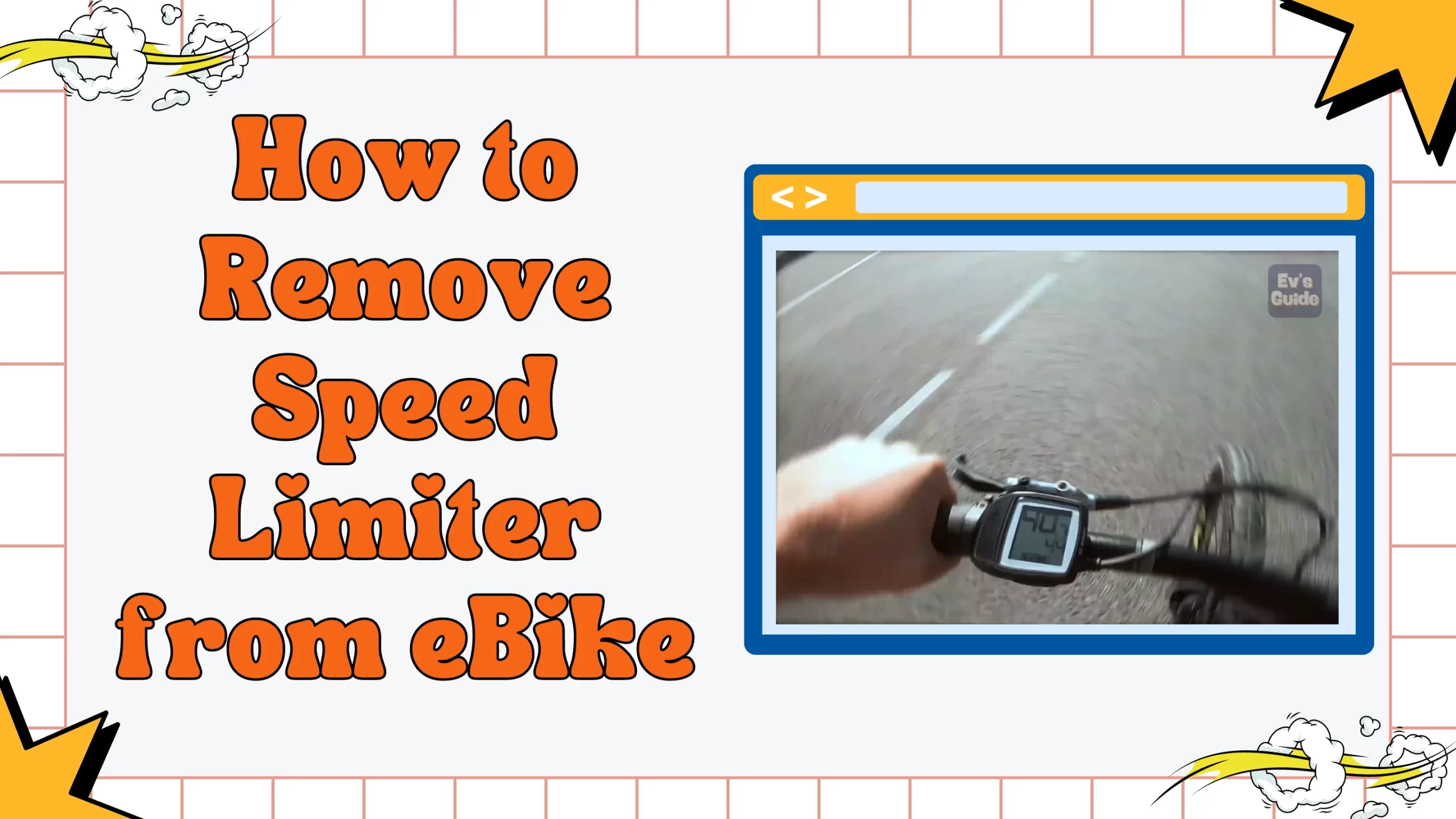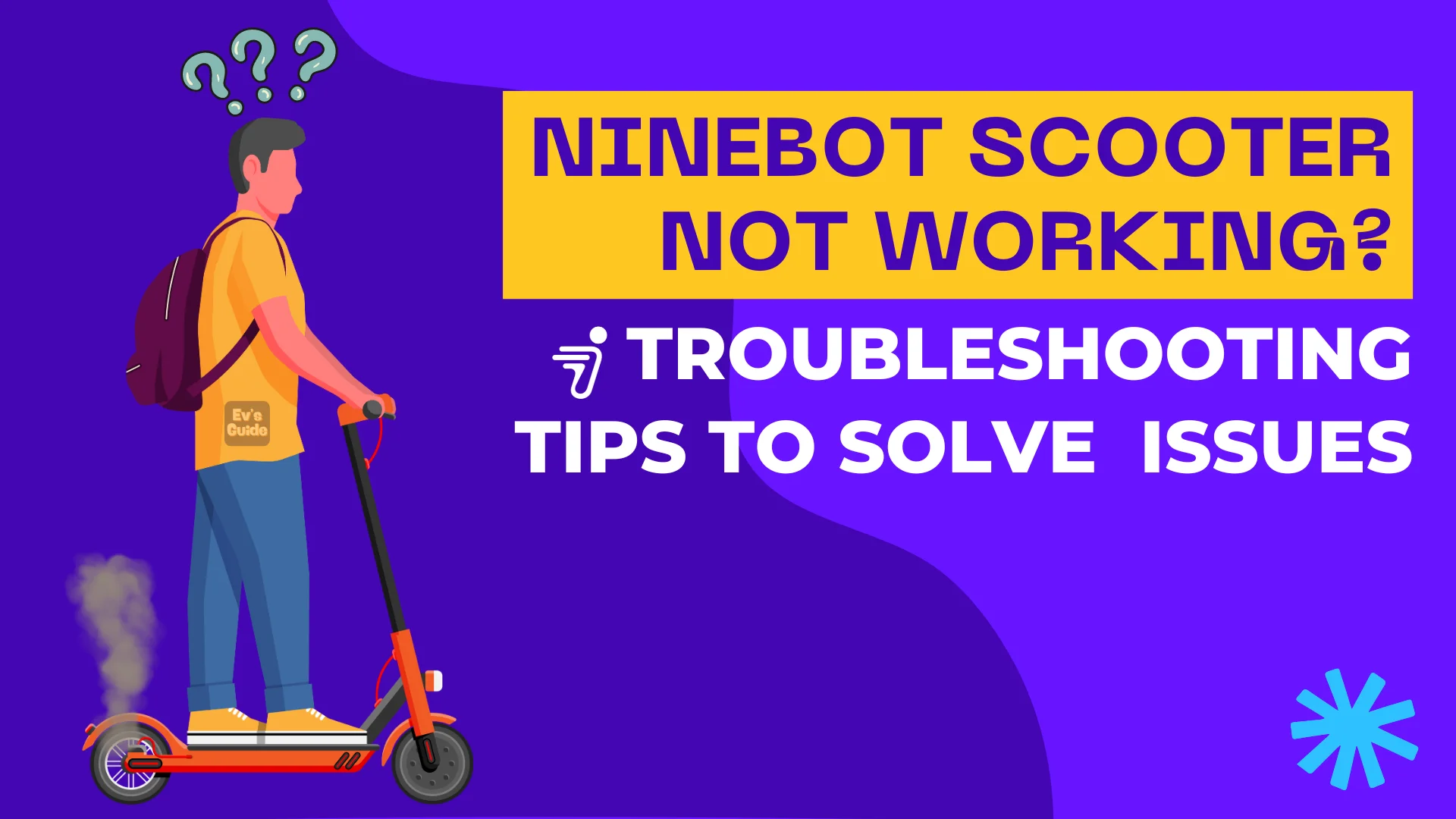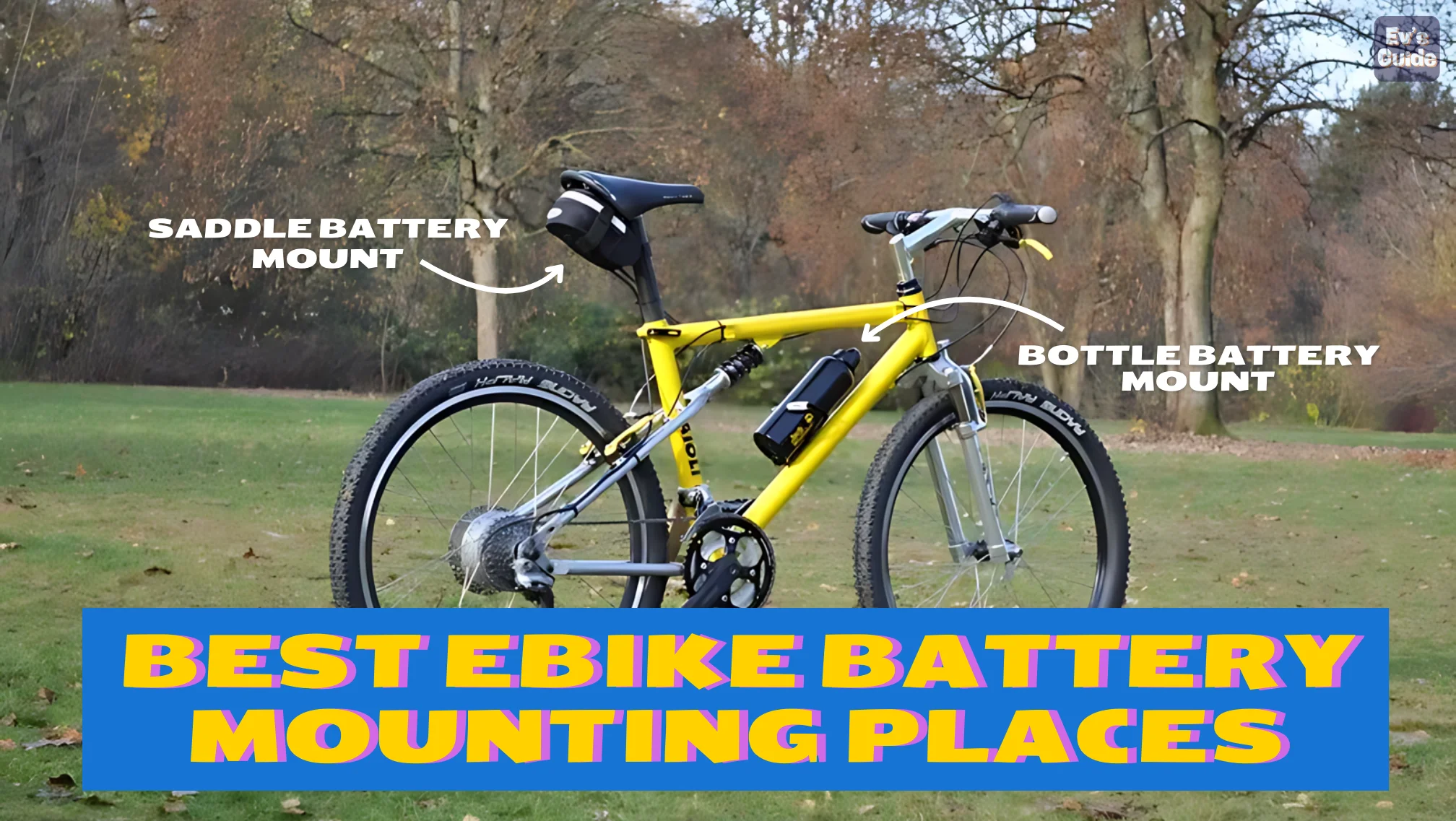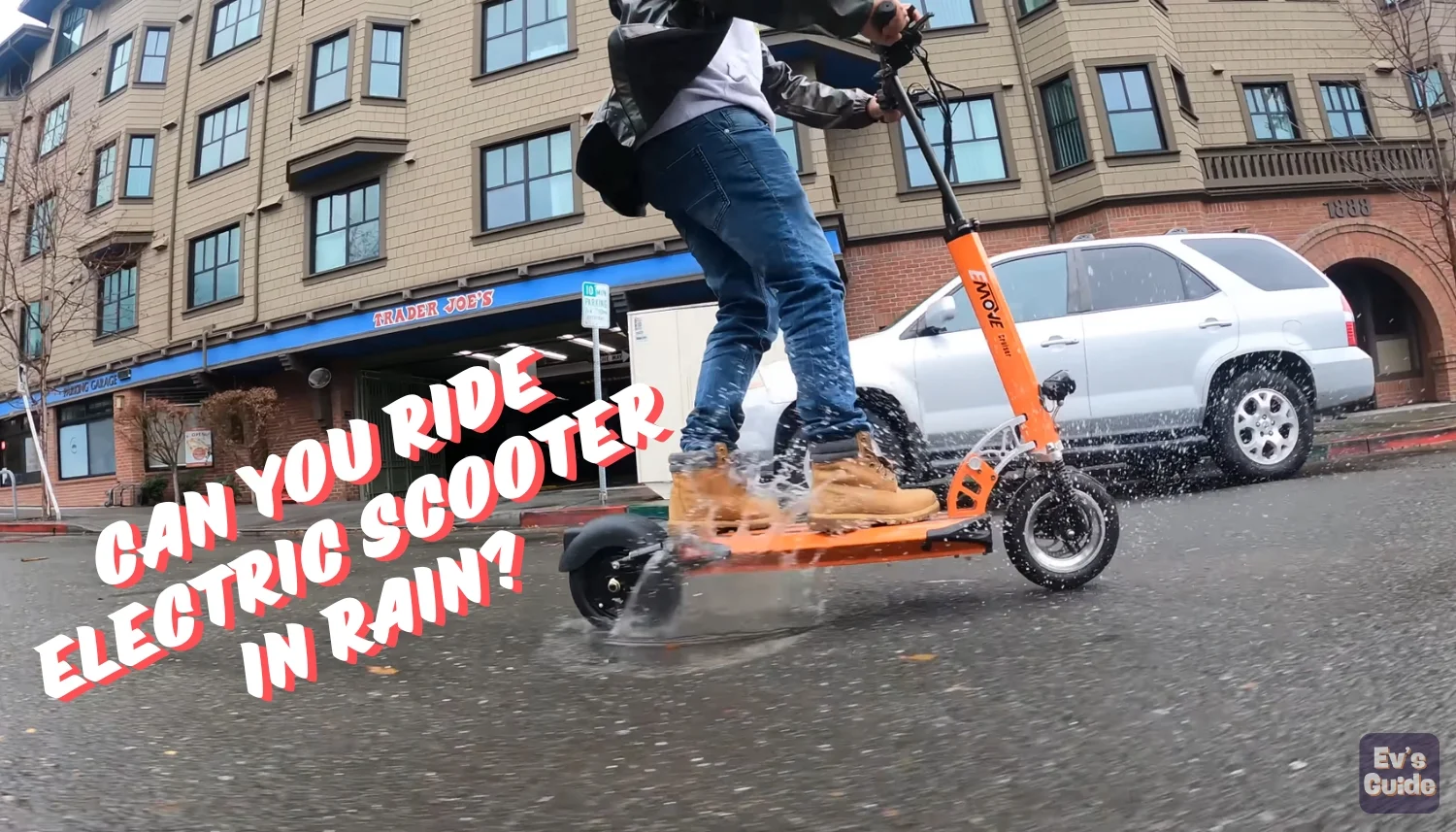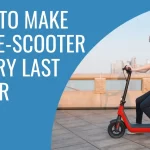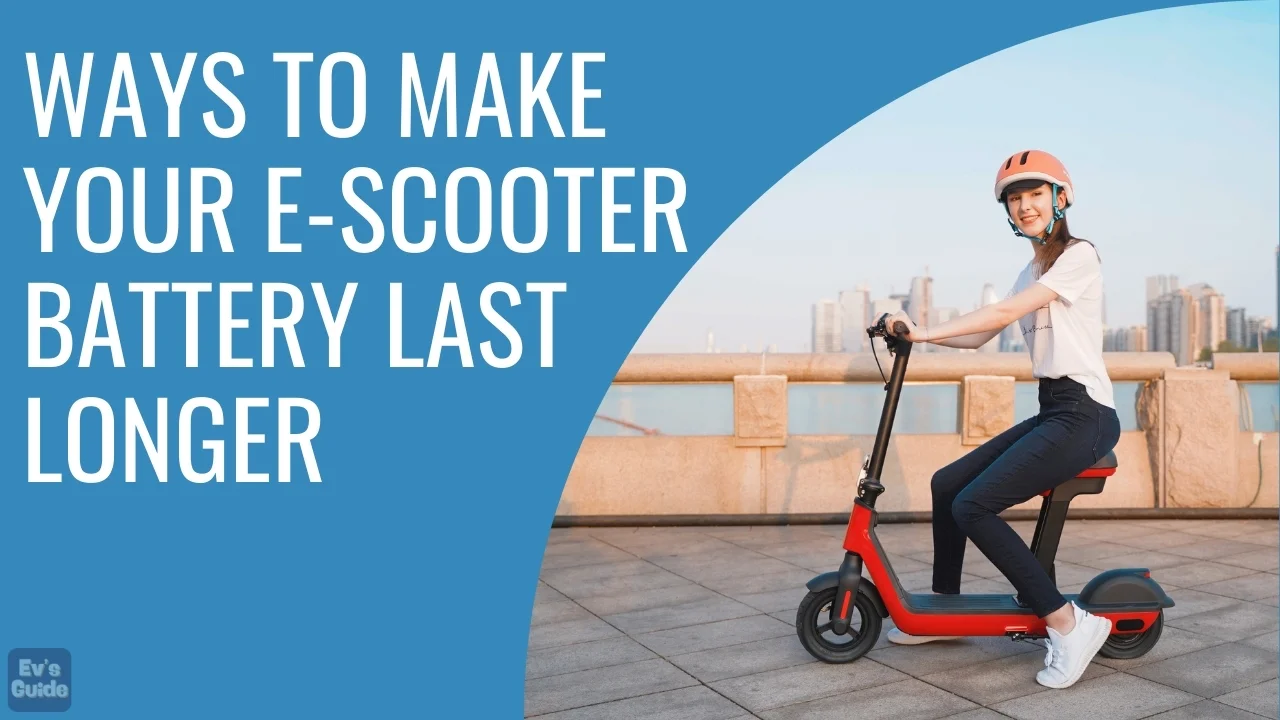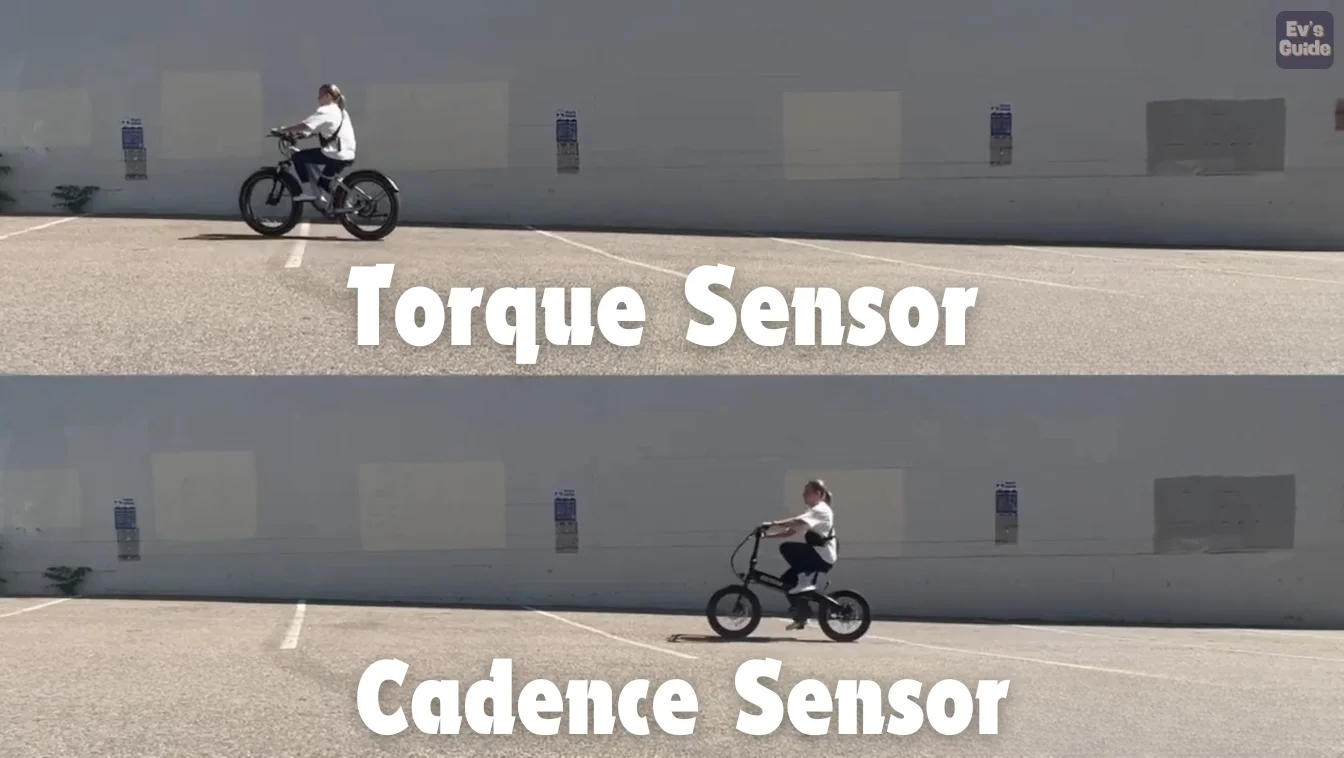The short and straight answer is Yes, you can ride an electric scooter in the rain. Riding an electric scooter in the rain feels like walking but faster. But here are a few things that you have to keep in mind while taking out your electric scooter on wet roads or in drizzling rain.
I’m writing this blog in April, and in New York City, the rainy season comes in April (in case you don’t know, I shifted from Atlanta to New York City last year; to know more about me, read our story). There will be rain almost every third day, and what could be a better month than this to test out electric scooters?
What happens When You Ride a Low IP Rating E-Scooter in the Rain?
It is completely fine riding a low IP-rated electric scooter in light rain but submerging in water. In extreme conditions, users may see common behaviours like sudden stopping, losing power, etc.
Here, I’m listing some common issues that you may encounter.
- Electrical damage – Electric scooters with low IP ratings are not sealed properly against water ingress. So, it’s easy for water to seep into electrical components such as the battery, motor, or controller. This may cause short circuits or malfunctions in the scooter.
- Corrosion – Exposure to water can cause corrosion of metal parts such as screws, handlebars etc.
- Functional issues – I don’t like that the brakes don’t work properly due to rainwater as the braking system gets wet and it takes time to stop the scooter. Water ingresses into lights and displays and may damage them.
Are E-Scooters Waterproof?
No electric scooters are 100% waterproof, but there are e-scooters that have IP ratings, which are closest to waterproof. An IP rating tells everything about a product, including how much water it can withstand and at what level.
Now that we have discussed IP rating so much, you might be wondering, what is IP rating? How do you look at the IP ratings and select an electric scooter based on them? Don’t worry, I will teach you how to understand the IP rating guide and choose the best waterproof electric scooter for yourself.
What is IP Rating?
The IP rating stands for Ingress Protection rating which classifies the levels of protection from solid and liquid objects entering the device. The IP rating is usually expressed as “IP” followed by two digits, such as IP68.
Now let me break down the meaning of IP68, for reference check the below chart. The first no. denotes protection against solid objects and 2nd no. indicates protection against liquid. So, in IP68 number 6 refers to a dust-tight and number 8 means it can be immersed in water beyond 1 meter depth.
The highest IP rating is IP69.

What would be the ideal IP rating for an Electric Scooter riding in the rain?
To be honest I won’t recommend any electric scooter to ride in the rain that has an IP rating below IP54. One of my friends uses Ninebot Max with IP55 in the rain regularly. Never had an issue. For all weather-riding e-scooters, you should look for an IP rating above IPX5.
It’s really hard to judge any e-scooter from IP ratings; they differ from brand to brand. You can’t rely on the specs sheet all the time. On paper, sometimes these things look good, but in real life, they seem different. So, before buying, do your own research. The best way is to go to Reddit or similar communities/forums and ask people or specifically look for water damage reports.
On the other hand, there are scooters that are not waterproof but work flawlessly in a biblical flood, and the best example is Ninebot Max G30P.
My Experience Riding Electric Scooter in Rain
I never enjoyed riding an electric scooter in the rain, every time I rode I was bound to ride left with no options. My friends do enjoy riding electric scooters in the rain. I hate rain, small collective water everywhere that makes my Crocs wet from the inside irritates me, and humidity after rain sucks a lot.
Thou I avoid riding an electric scooter while raining and after rain but whenever I get the chance to ride I always have a good experience as I’ve been riding e-scooters for a long time so, I know the correct way to ride and avoid accidents and by the grace of god I never met an accident while riding an e-scooter. I don’t ride the scooter on a high speed when roads/paths are wet as I always have a fear of skidding electric scooters.
FAQs
Q1. Can E-Scooter skid in rain?
Ans. It depends on the rider, how he has been riding it and at what speed. It’s obvious rain makes the surface slippery and it reduces the friction between tyres and road. If you don’t use brake in a systematic manner then there is a high chance your e-scooter might skid.
Q2. Can You Wash an Electric Scooter?
Ans. Yes, you can wash your e-scooter with water to clean it. One thing to take care if the battery is removable then do remove it. Check the IP rating of your e-scooter so you can decide the level of washing. In case your electric scooter doesn’t have any IP rating clean your scooter with a wet cloth.
Q3. Will an E-Scooter battery get affected in the rain?
Ans. Most electric scooters are designed to withstand light rain and splashes. Again IP rating will tell you how long you can ride in the rain. As per my knowledge, e-scooter brands make batteries water resistant if no ip rating then avoid taking it to rain as company will not entertain your issue in warranty.
Q4. Can you Drive an Electric Scooter Through Water?
Ans. If your electric scooter is low IP rated or has no IP ratings, it’s not a good idea to take it through water, especially from deep water or puddles. Water can affect the electrical components, which can lead to malfunction and cause corrosion to internal parts.
Q5. What’s the Average Cost of a Waterproof Electric Scooter?
Ans. On average, you can get a resistant electric scooter for nearly $800. The more you spend the higher IP ratings you will get.
Q6. Can I ride an electric scooter in the rain?
Ans. Yes, you can definitely ride almost all electric scooters in light rain because most electric scooters are water resistant, not waterproof.
Q7. Is waterproofing possible from the outside?
Ans. I have seen people putting super glue on their scooters where there is a chance of water seeping inside, but afterwards, opening an electric scooter to fix any issue will create a lot of mess. Personally, I haven’t tried this, and I don’t recommend anyone do this. If a user wants to do it, they can do it. It’s their personal choice.


